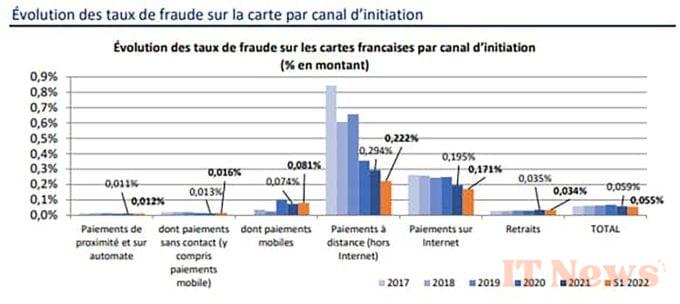With the rise of RFID (contactless) shielding cases and other devices that purport to block the waves, many questions arise: What is RFID protection? Is it really necessary? And how can you ensure that your banking data remains secure?
What is RFID protection?
RFID (Radio Frequency Identification) technology is a wireless communication method that allows objects, such as bank cards, to transmit information via radio waves to specific readers. This technology has revolutionized banking transactions, making payments faster and more convenient. However, it has also opened the door to new types of scams, where malicious individuals attempt to “read” your information without your consent.
Is a protective case for my contactless card useful?
There are many RFID blocking cases on the market that claim to block unauthorized attempts to read your cards. While the risk is relatively low – with the Banque de France reporting that contactless payment fraud accounts for less than 0.016% of all credit card fraud – some users choose to use these cases for added peace of mind.
However, before investing in these protections, it is essential to understand their limitations. Some cases can damage or demagnetize your card, while others can be bulky and impractical. As you can see, buying this type of product is quite trivial and apart from throwing money out the window, its ability to really protect you remains close to zero.
How do I block my card's RFID?
If you are concerned about the security of your contactless card, there are several measures you can take. For example, you can consider:
- Disabling the contactless payment function. Most banks allow you to do this via their mobile apps or by contacting the institution directly.
- Keep your card near another RFID card. Having two cards can disrupt the signal, preventing unauthorized reading.
Remember to protect your bank card code
Protecting your PIN code is as crucial as protecting the card itself. Make sure to:
- Never write your PIN down on your card or in your wallet.
- Change your PIN regularly.
- Use a PIN that is not easily guessed, such as a date of birth.
- Be vigilant when entering your PIN, covering the keypad if necessary.
In conclusion, while RFID technology has brought immense convenience, it has also raised security concerns. It is crucial to stay informed and take steps to ensure the security of your data. After all, a quick payment should not compromise your peace of mind. of mind.




0 Comments